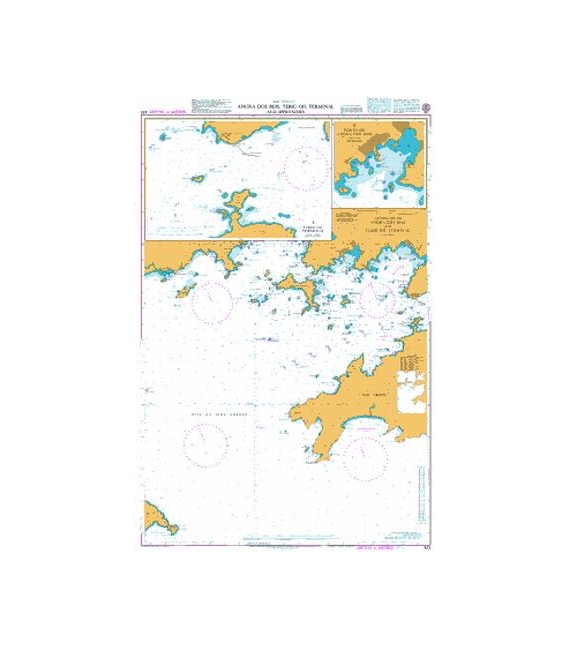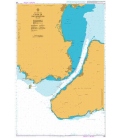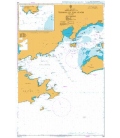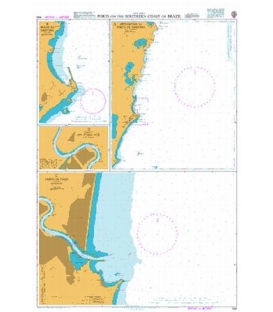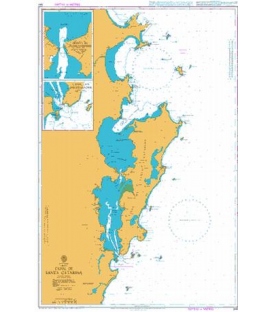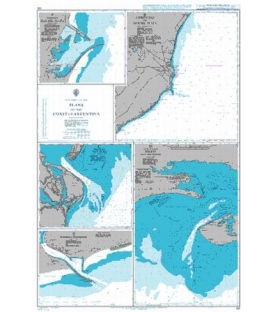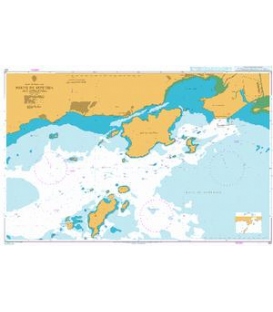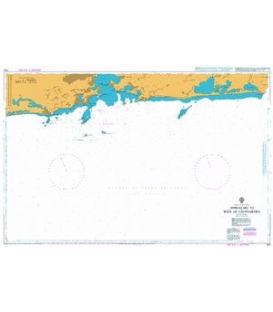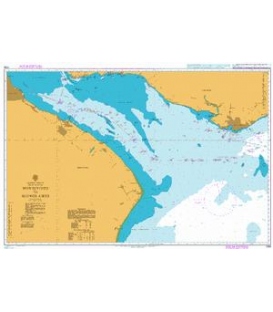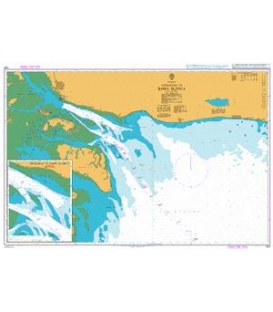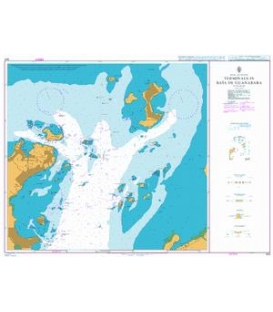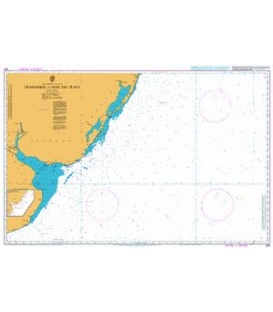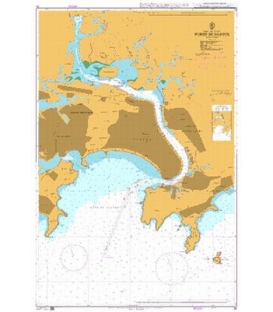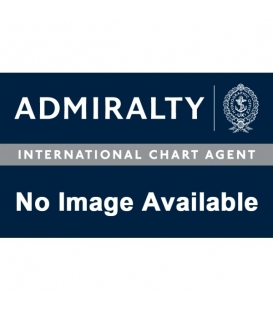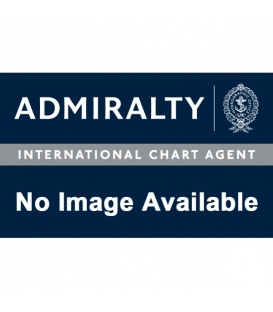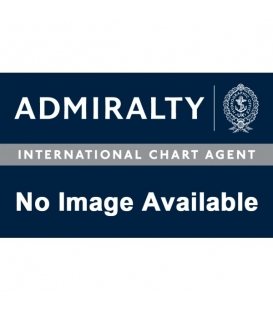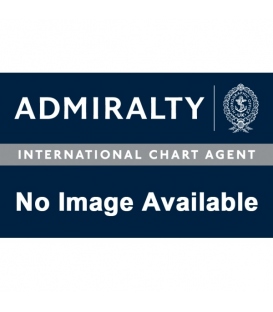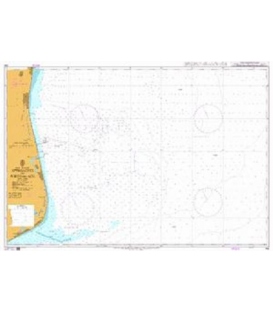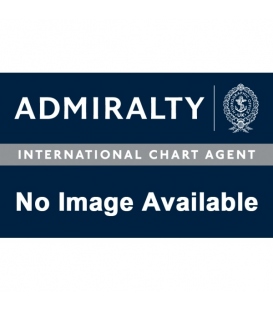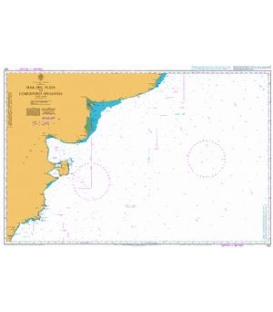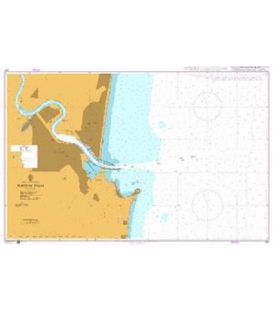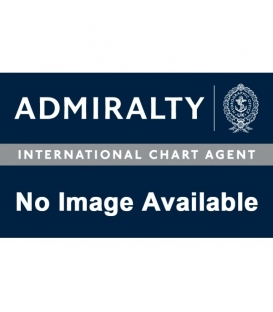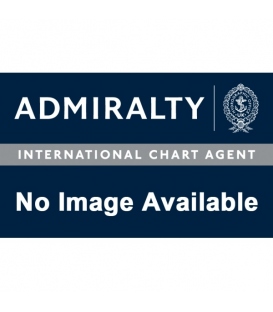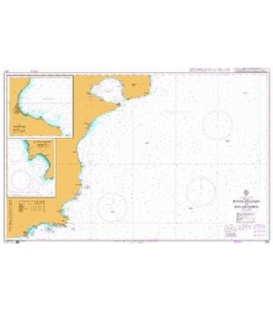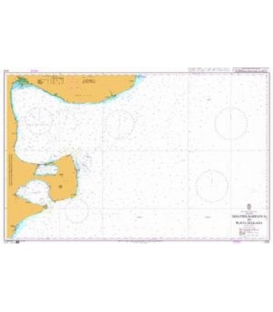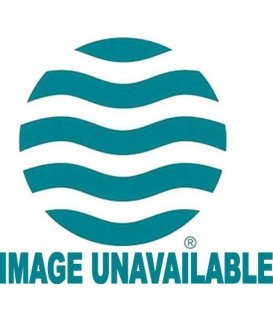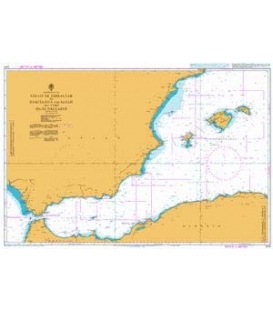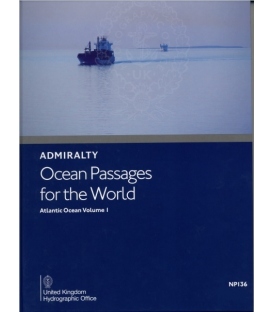- Home
- >
- Nautical Charts
- >
- British Admiralty (Print-on-Demand + hand corrected, up-to-date)
- >
- S2 - South America - Punta Atlas to Arquipelago dos Abrolhos
- >
- British Admiralty Nautical Chart 433 Angra dos Reis and TEBIG Oil Terminal and Approaches
Categories
- CLEARANCE
- New Editions
- Nautical Charts
- Nautical Books
- E-Readers & E-Books
- Occupational Safety & Health Administration (OSHA)
- Destinations
- Code of Federal Regulations (CFR)
- USCG Exam Study Materials
- International Maritime Org. (IMO)
- Sealite Aids to Marine Navigation
- Flags
- Digital Charts
- Nautical Software
- Marine Supplies
- Navigation Equipment
- Intracoastal Waterway
- Ocean Cruising
- Great Circle Route
- Gift Shop
- CLEARANCE
- New Editions
- Nautical Charts
- Nautical Books
- E-Readers & E-Books
- Occupational Safety & Health Administration (OSHA)
- Destinations
- Code of Federal Regulations (CFR)
- USCG Exam Study Materials
- International Maritime Org. (IMO)
- Sealite Aids to Marine Navigation
- Flags
- Digital Charts
- Nautical Software
- Marine Supplies
- Navigation Equipment
- Intracoastal Waterway
- Ocean Cruising
- Great Circle Route
- Gift Shop


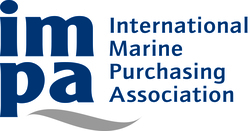
Sign up for our Newsletter
BA0433
New product
British Admiralty Nautical Chart 433 Angra dos Reis and TEBIG Oil Terminal and Approaches
is corrected up to date. Admiralty standard nautical charts comply with Safety of Life at Sea (SOLAS) regulations and are ideal for professional, commercial and recreational use. Charts within the series consist of a range of scales, useful for passage planning, ocean crossings, coastal navigation and entering port. Mariners should always use the largest scale nautical chart appropriate to their needs. In particularly busy seaways such as the English Channel, Gulf of Suez and the Malacca and Singapore Straits, the standard nautical charts are supplemented by mariners routeing guides which provide advice on route planning in these complex areas.
Chart 433
Main Chart Details
- Chart Title: Angra dos Reis, TEBIG Oil Terminal and Approaches
- Publication Date: 03/10/1986
- Latest Edition date: 19/10/2017
- Chart Size: 650 x 975 (mm)
Chart Panel Details
- Panel Name Approaches to Angra dos Reis and TEBIG Oil Terminal
- Area Name Brazil - South Coast
- Natural Scale 50000
- North Limit 22 52'.12S
- East Limit 44 13'.38W
- South Limit 23 18'.53S
- West Limit 44 32'.37W
- Panel Name A TEBIG Oil Terminal
- Area Name Brazil - South Coast
- Natural Scale 20000
- North Limit 23 02'.82S
- East Limit 44 11'.63W
- South Limit 23 05'.73S
- West Limit 44 16'.53W
- Panel Name B Porto de Angra dos Reis
- Area Name Brazil - South Coast
- Natural Scale 20000
- North Limit 22 59'.92S
- East Limit 44 17'.73W
- South Limit 23 02'.03S
- West Limit 44 20'.14W
Co-ordinates given are usually those of the four extremities of the chart. In many cases not all the area within will be fully charted*.Customers should check that the chart meets their requirements by viewing the chart image (where available).Mariners should always use the largest scale navigational chart available.
*Reasons may include
- Continuation of coverage of a small part outside the main area of chart coverage e.g a river.
- Inset plans and the chart title block and notes also take up space, therefore geographical information cannot be shown in this area.
- A need to refer to larger scale of chart, such waters are often "blued out" to avoid excessive maintenance work applying numerous NM corrections to an area of the small scale chart where the navigator will be using a larger scale chart.
- Coverage is better served from a different chart because of typical routeings.
Reviews
30 other products in the same category:
Customers who bought this product also bought:
- About Us
- Our Services
- Ordering & Shipping
- Resource Links
- Blog
- CLEARANCE
- New Editions
- Nautical Charts
- Nautical Books
- E-Readers & E-Books
- Occupational Safety & Health Administration (OSHA)
- Destinations
- Code of Federal Regulations (CFR)
- USCG Exam Study Materials
- International Maritime Org. (IMO)
- Sealite Aids to Marine Navigation
- Flags
- Digital Charts
- Nautical Software
- Marine Supplies
- Navigation Equipment
- Intracoastal Waterway
- Ocean Cruising
- Great Circle Route
- Gift Shop
Maryland Nautical uses cookies to enhance your e-commerce experience. To view more information about our cookie use, click here to view our Privacy Policy.

